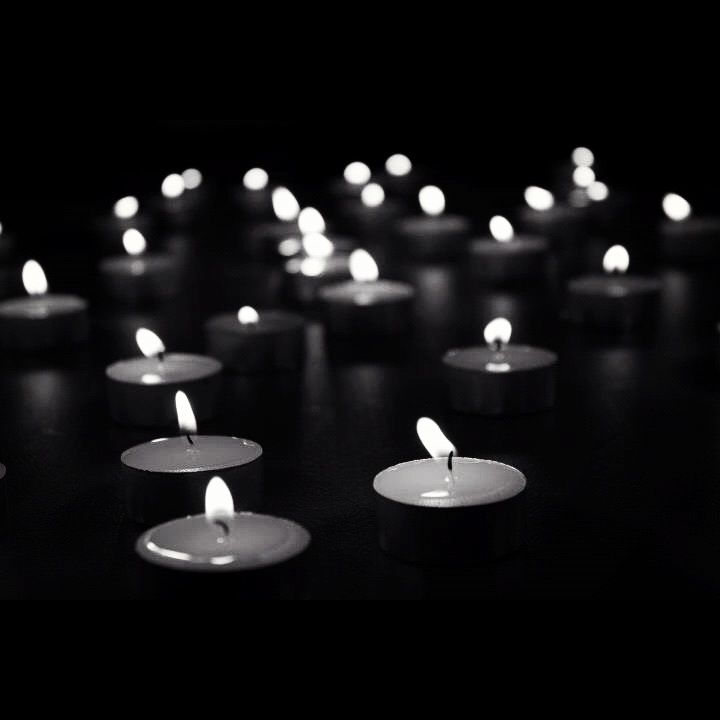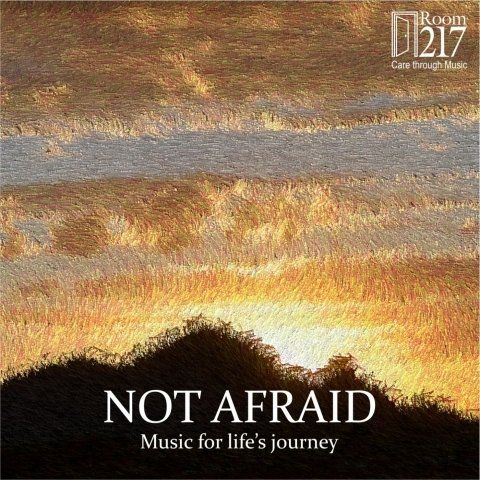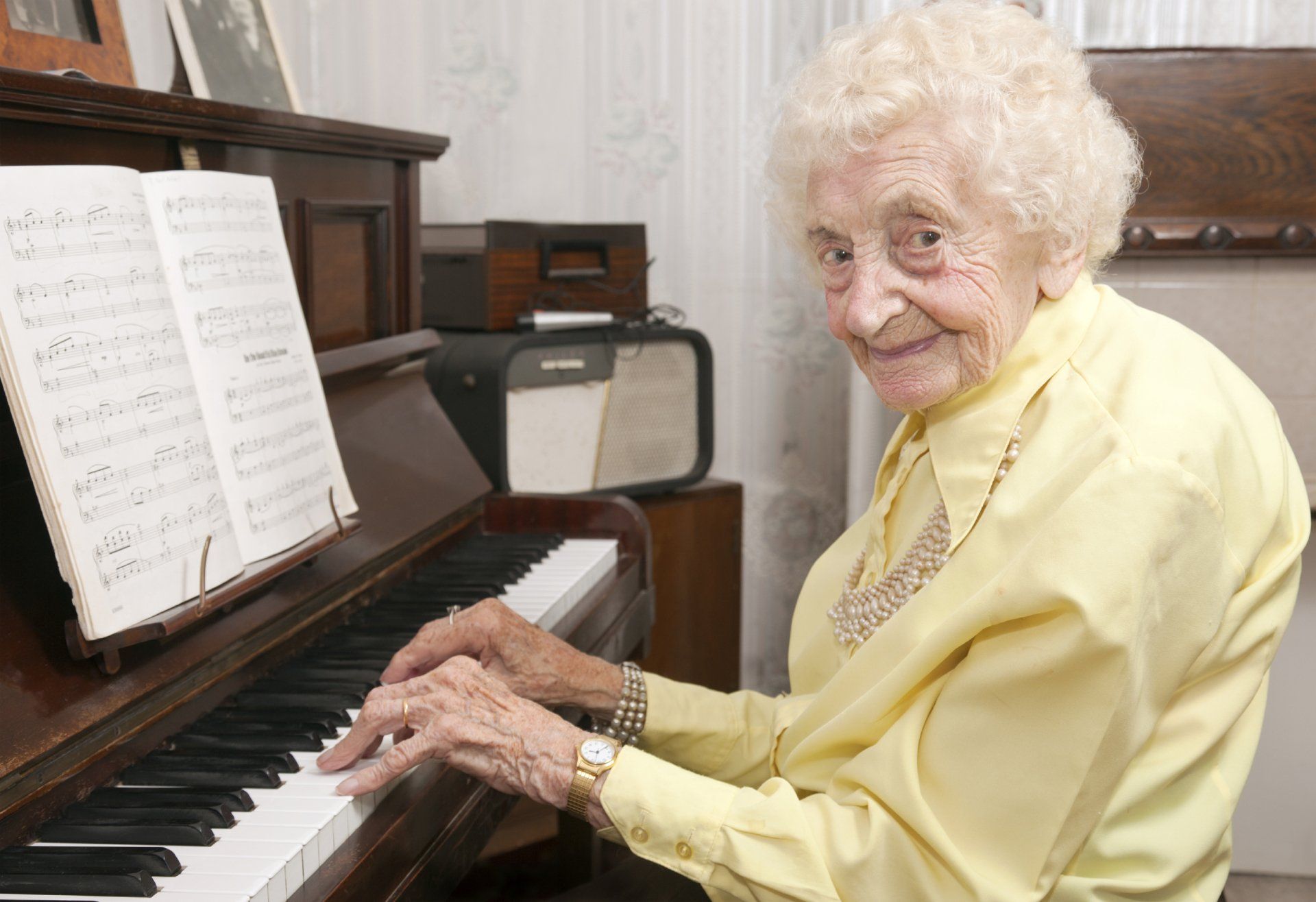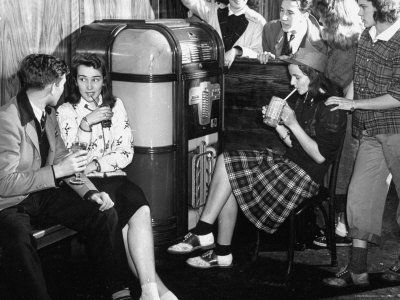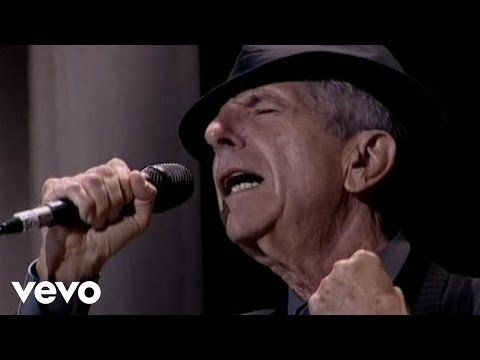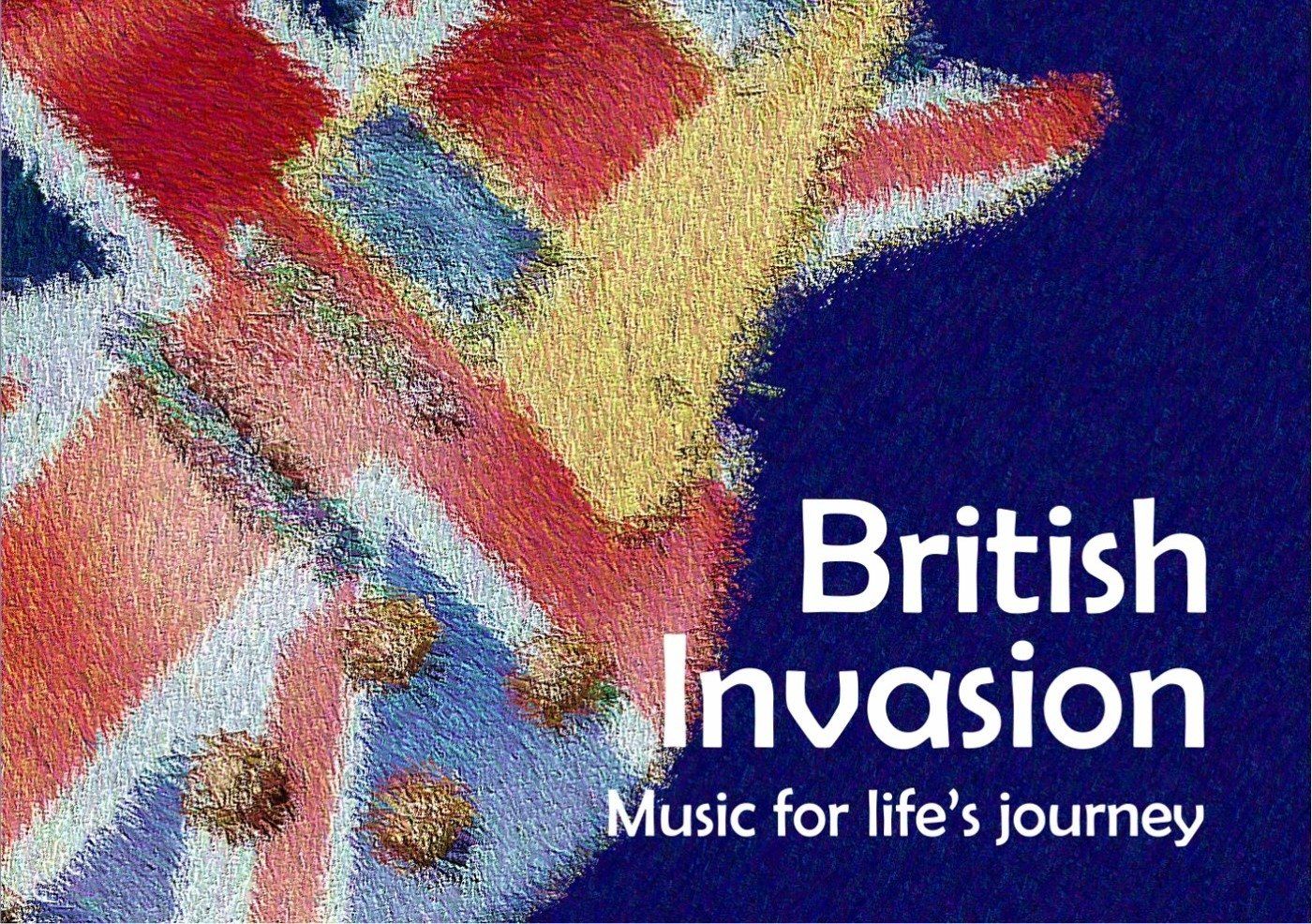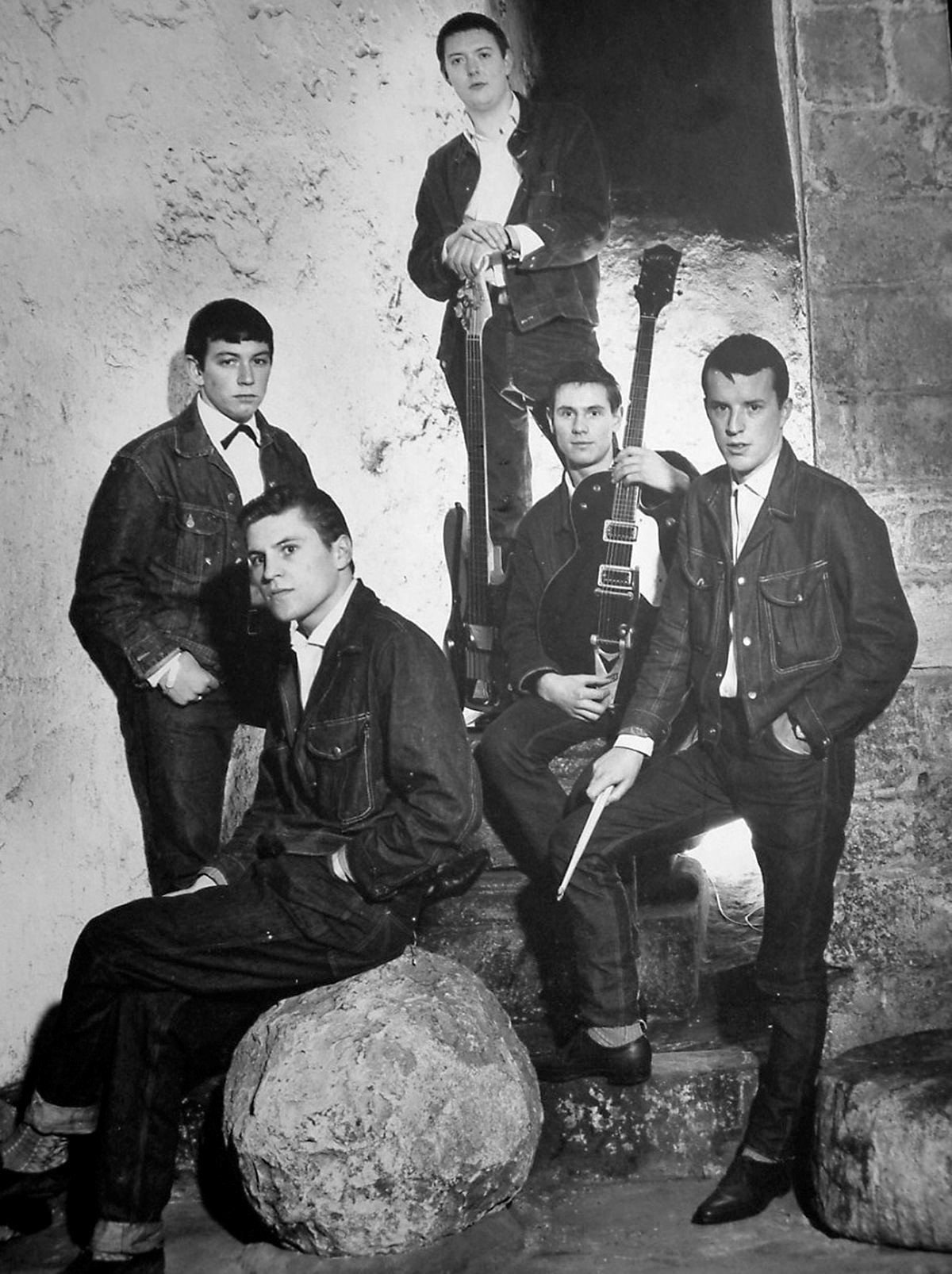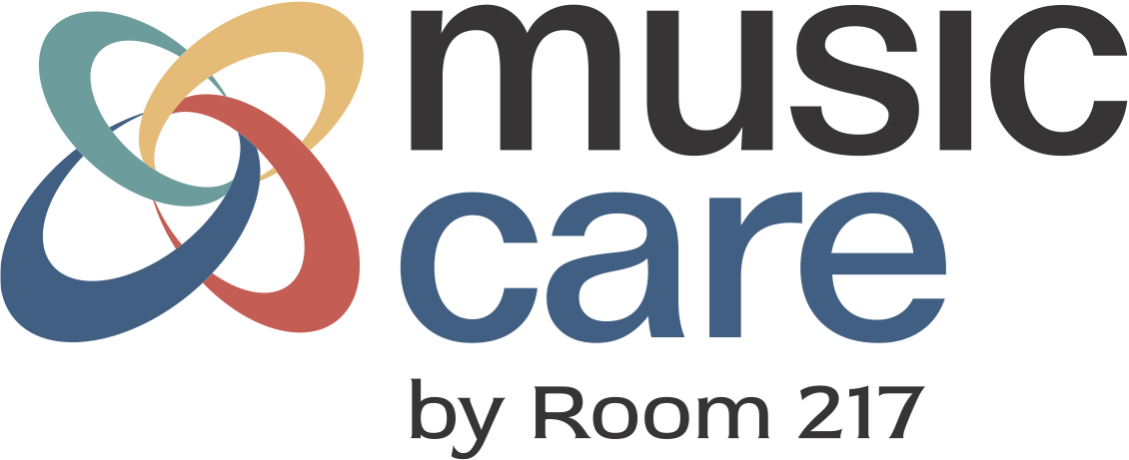Music, Gratitude, and the Soundtrack of Our Lives
Early this summer, I had the incredible privilege of seeing my favourite musical artist, James Taylor, in concert. The evening was a birthday gift from my husband, and it was unforgettable.
As I listened, I found myself reflecting on why James Taylor has had such a profound influence on my life. I first fell in love with his music in high school, and since then, his iconic voice, heartfelt lyrics, and timeless melodies have been the soundtrack to my emotions. His songs have soothed me in difficult times, given words to feelings I couldn’t otherwise express, lifted me up, and accompanied me in moments of solitude. They’ve inspired connection, nurtured a sense of shared humanity, and encouraged self-compassion.
Gratitude runs like a golden thread through much of his work. Obvious examples include How Sweet It Is, You’ve Got a Friend, Carolina in My Mind, and As Easy as Rolling Off a Log, but for me, gratitude is woven into so many of his songs, gratitude for life, for love, for nature, for simply being alive.
One might assume, listening to his vast collection, that gratitude came easily to Taylor, that he lived a simple, happy life. But his journey has been far from easy. He’s faced severe mental health challenges, addiction, relationship breakdowns, loss, grief, and loneliness. Perhaps his deep connection to gratitude is part of what helped him persevere and heal.
Music, across all genres and eras, has the power to connect us to gratitude. Research on gratitude and wellbeing The effects of gratitude interventions: a systematic review and meta-analysis - PMC shows that cultivating gratitude can be a strong foundation for self-care. A single piece of music can instantly bring us back to a loving relationship, a joyful moment, or a treasured memory. For example, when I hear a Medieval madrigal or Renaissance choral music, I’m filled with love and gratitude for my dad and the passion for music we shared.
Music itself is something to be grateful for. Think about the symphonies of Beethoven or the piano concertos of Chopin, the sheer artistry, the vulnerability of musicians creating works that invite us to connect with our own humanity. The alchemy of poetry and melody makes music one of the most powerful art forms for emotional connection.
A Music + Gratitude Practice
- Write down (or think of) three things you’re grateful for.
- Choose music that helps you connect with those things.
- Reflect on the types of music you are most grateful for.
- Send a moment of silent thanks to the artists whose music has touched your life.
And if you need a boost, try listening to songs with themes of gratitude, they can be a gentle reminder of the beauty in your life, even on difficult days.
Gratitude Playlist for you to Dive into Right Away:
Classic & Folk
- What a Wonderful World – Louis Armstrong
- Thank You – Dido
- Count Your Blessings Instead of Sheep – Bing Crosby
- Give Me Love (Give Me Peace on Earth) – George Harrison
- Forever Young – Bob Dylan
Pop & Soul
- Thank You for Being a Friend – Andrew Gold / Golden Girls theme
- Grateful – Rita Ora
- Sweet Baby James- James Taylor
- You’ve Got a Friend – Carole King / James Taylor
- Lovely Day – Bill Withers
- Your Smiling Face- James Taylor
Spiritual & Uplifting
- Gratitude – Brandon Lake
- How Sweet It Is (To Be Loved by You) – Marvin Gaye / James Taylor version
- I Just Called to Say I Love You – Stevie Wonder
- Blessed – Elton John
- Shower the People- James Taylor
Contemporary & Indie
- Kind & Generous – Natalie Merchant
- Thank You – Keith Urban
- Gratitude – Earth, Wind & Fire

